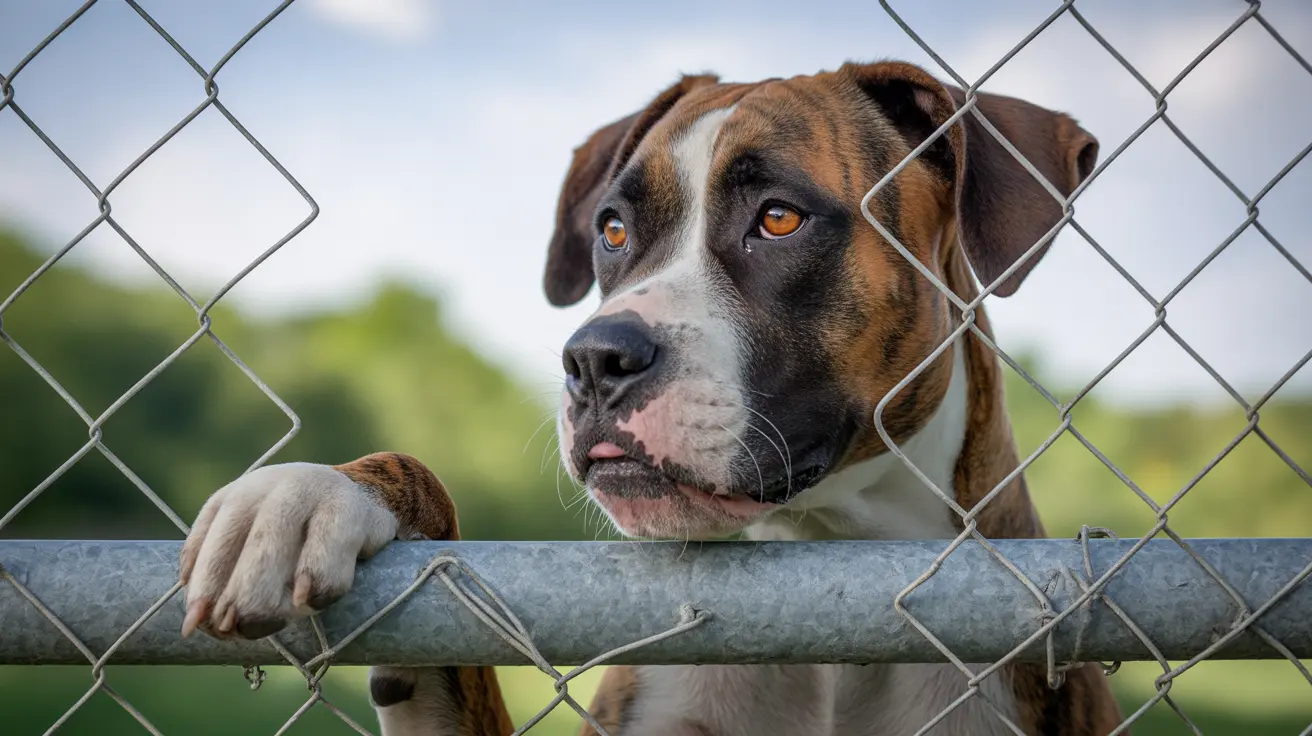Should You Remove Your Dog's Knee Brace at Night?
When it comes to managing cranial cruciate ligament (CCL) injuries in dogs, knee braces have become a popular non-surgical option. These braces are designed to stabilize the joint, reduce pain, and promote healing by limiting abnormal motion. However, many pet owners wonder: should the knee brace stay on overnight?
Why Knee Braces Are Used
Knee braces help support injured stifle joints—particularly in dogs suffering from CCL injuries, which are the canine equivalent of ACL tears in humans. These braces:
- Stabilize the joint and reduce movement between the femur and tibia.
- Promote comfort and mobility without surgical intervention.
- Allow time for scar tissue formation around the injured ligament.
- Help prevent further injury and reduce compensatory strain on the opposite limb.
When to Remove the Brace
While the brace provides essential daytime support, it's generally recommended to remove it at night. Here’s why:
- Decreased activity during sleep reduces the need for mechanical joint support.
- Wearing braces for extended periods can cause skin irritation or pressure sores—removing overnight gives the limb a break.
- Improved hygiene and inspection—nighttime removal allows owners to check for chafing, redness, or other issues.
- Comfort—many dogs sleep more soundly and comfortably without gear on their limbs.
However, there are exceptions. Some veterinarians may recommend continued wear overnight if a dog:
- Has advanced instability and needs 24/7 support.
- Is actively recovering from surgery and requires constant restriction of motion.
- Tends to be unexpectedly active or restless during the night.
Veterinary Guidance is Key
Consistency and fit are critical for brace success. A veterinarian or rehab specialist should always evaluate:
- The correct fitting of the brace to avoid slippage or irritation.
- A personalized wear schedule suited to your dog’s health and injury severity.
- Whether bracing is appropriate or if surgery might be necessary.
If you're unsure about nighttime wear, consult your vet. They can advise based on your dog’s specific weight, age, activity level, degree of injury, and any existing health issues. Improper use—such as leaving the brace on too long—may lead to skin complications or reduced effectiveness of the treatment plan.
Monitoring and Maintenance
Regular checking is essential, especially when introducing a brace:
- Inspect the skin daily for signs of chafing or pressure sores.
- Clean the brace regularly to prevent accumulation of dirt and bacteria.
- Adjust fit as necessary if your dog’s size or shape changes during recovery.
Allow your dog to transition into wearing the brace by gradually increasing the amount of time it’s worn each day. Removing it at night can be an important part of this adjustment period.
Final Thoughts
Dog knee braces are valuable tools in non-surgical CCL injury management. While daytime use provides the essential support and protection needed, nighttime removal is typically beneficial for your pet’s comfort and skin health. Always follow your veterinarian’s guidance for optimal results.





